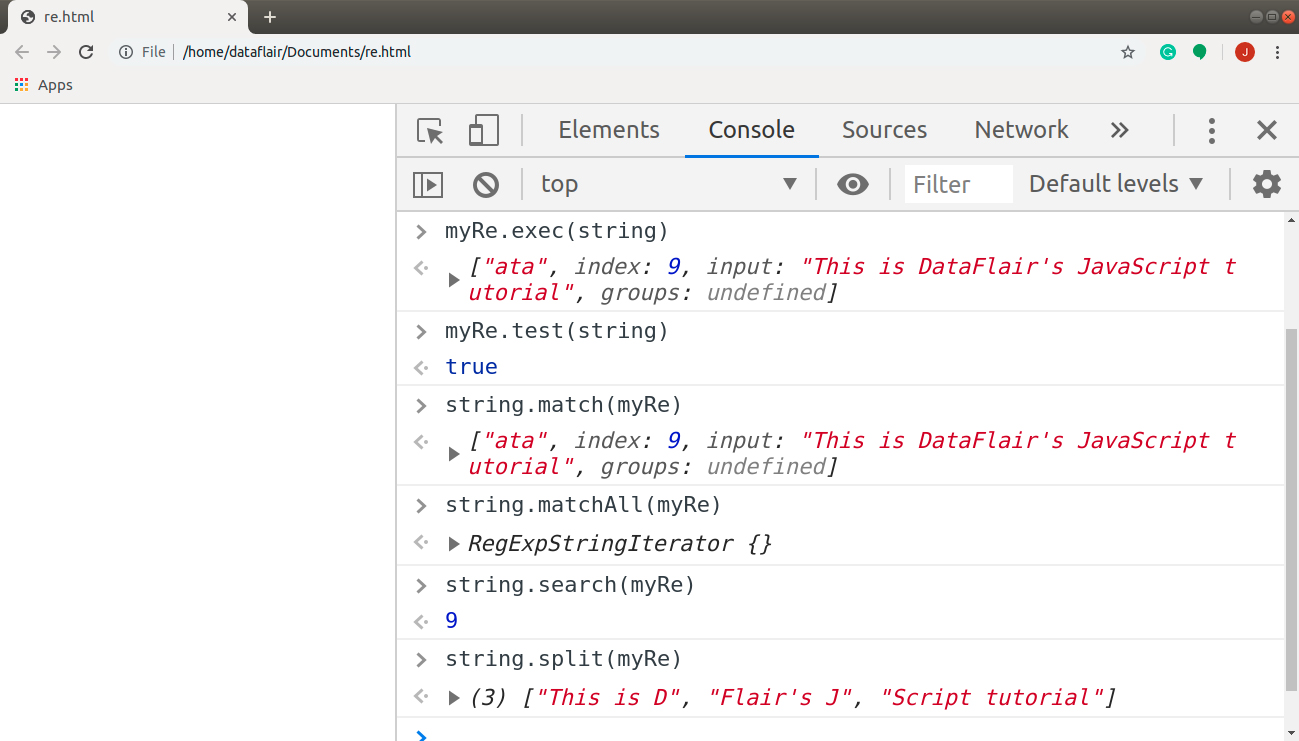

This Regex Numeric Range Generator is built with JavaScript using an open source to-regex-range package. The three digit numbers need to be split futher into 100-199 ("1" or in short "1|2|25)". Now our single digit numbers are 0-9, two digit numbers are 10-99 (""), but three digit numbers are 100-255.

Example: Regex Number Range 0-255Īgain we have one, two and three digit numbers. Again we can join these with the alternation operator to get "(||100)". And there's only one three digit number "100". So it's similar to 1-20, but now our two digit numbers are 10-99 (or in regex: ""). Range 1-100 has one, two and three digit numbers. Then we can join all these with an alternation operator to get "(|1|20)". For double digit numbers we have to split the group in two 10-19 (or in regex: "1") and 20. Range 1-20 has both single digit numbers (1-9) and two digit numbers (10-20). 3-9 OR 1) Example: Regex Number Range 1-20 The final regex simply combines these two with the alternation operator (|) resulting in '(3-9|1)' (i.e. The first digit is 1 and the second digit 0-3. Group a) has a single digit and can be matched simply with regex '', while group b) can has two digits. for range 3-13 you can have two groups a) 3-9 and b) 10-13. The easies way to do this is to start by splitting the range based on how many digits each number has.Į.g. In order to match a multi-digit numeric ranges in regex, you need to approach the problem by splitting it into smaller chunks.

), it can be replaced with a shorthand (\d). If the character group allows any digit (i.e. Or you can match a range of digits with a character group e.g. You can use a number from 0 to 9 to match a single choice. With regex you have a couple of options to match a digit. You need to use regex in Google Analytics for example in order to filter numeric values in custom dimensions. There might be also products such as Google Analytics that format custom data values as strings. So why not just convert a string to int before comparison? In some cases you need to find numbers inside strings and regular expression is often an option that performs well. Instead regex goes through the string character by character and checks if it matches the pattern. In other words, a regex doesn't know that 1-10 means any number from 1 to 10. The challenge is that regex doesn't know what a number is. Regular expressions are patterns used to match character combinations in strings. String1.replace(pattern, 'found you') // Find found youĬonst result2 = 'Hello world! '.split(regex1) Ĭonsole.Generated Regular Expression Copy to clipboard replace the character with another character search if the pattern is in string variable Searches for a match in a string and replaces the matched substring with a replacement substring.īreak a string into an array of substrings.Įxample 1: Regular Expressions const string = 'Find me' Tests for a match in a string and returns the index of the match. Returns an iterator containing all of the matches. Returns an array containing all the matches. Tests for a match in a string and returns true or false. Square brackets specify a set of characters you wish to match.Įxecutes a search for a match in a string and returns an array of information. Metacharacters are characters that are interpreted in a special way by a RegEx engine. In the above example ( /^a.s$/), ^ and $ are metacharacters. To specify regular expressions, metacharacters are used. If you already know the basics of RegEx, jump to JavaScript RegEx Methods. Before we explore them, let's learn about regular expressions themselves. There are several other methods available to use with JavaScript RegEx.

Here, the test() method is used to check if the string matches the pattern. In the above example, the string alias matches with the RegEx pattern /^a.s$/. For example,įor example, const regex = new RegExp(/^a.s$/) Ĭonsole.log(regex.test('alias')) // true You can also create a regular expression by calling the RegExp() constructor function.


 0 kommentar(er)
0 kommentar(er)
